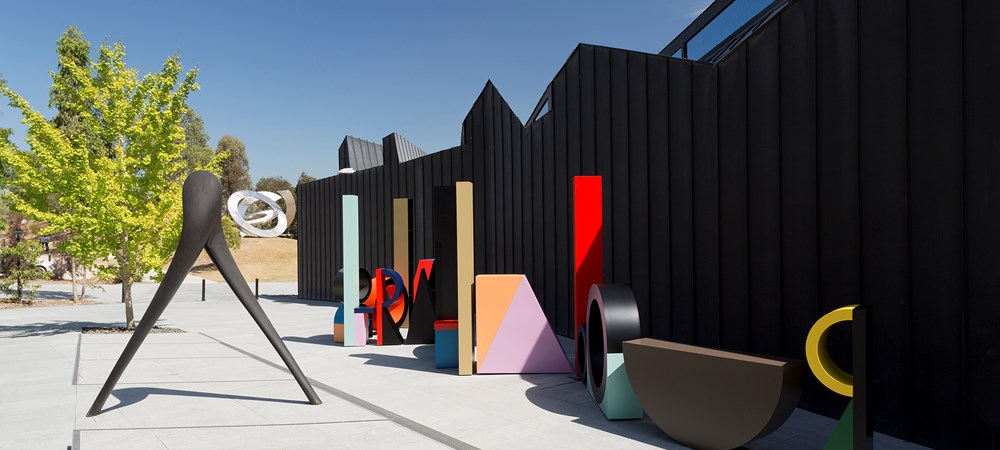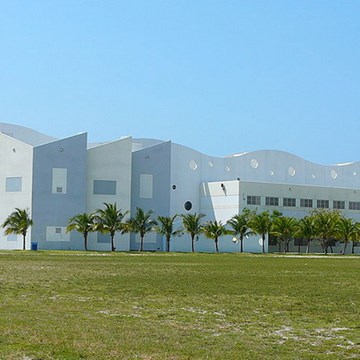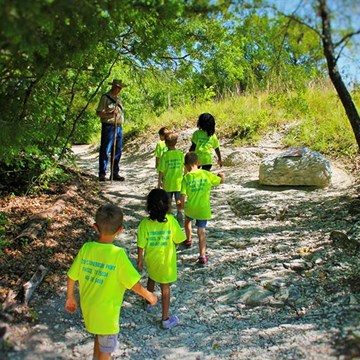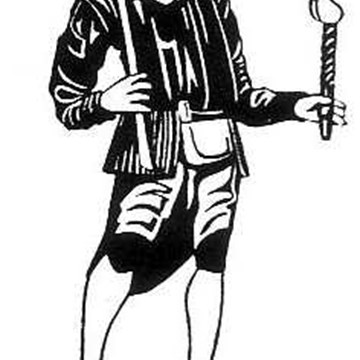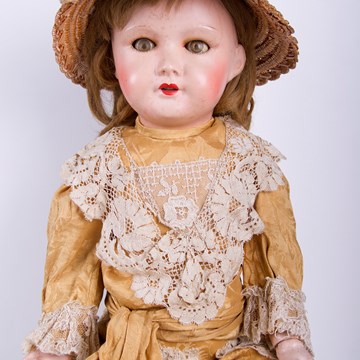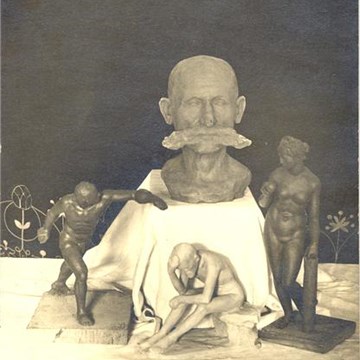Heide Museum of Modern Art
Heide Museum of Modern Art began life in 1934 as the home of John and Sunday Reed and has since evolved into one of Australia's most important cultural institutions. For all who visit, Heide offers an inspiring, educational and thought-provoking experience of modern and contemporary art, architecture and landscape.
Heide has a national reputation based upon the vision of the Reeds and their role in the development and promotion of modern art in Australia. Throughout this remarkable history, the achievements of many people - founders, staff, volunteers, donors, supporters, artists, patrons, fellows and the Board - have contributed to the development of Heide's place as an important cultural destination.
A significant part of the Heide Collection was assembled over five decades by its founders, John and Sunday Reed. Throughout their lives, the Reeds supported innovative contemporary art and promoted and encouraged artists who developed new ways of creating and thinking about art. Many of these artists are now regarded as central figures in Australian modernism.
The Reeds collected a broad range of art from figurative to abstract, expressionist to realist. Initially they acquired works by leading artists of the modernist movement in Australia, such as Sam Atyeo, Adrian Lawlor and Moya Dyring but later began collecting artists as diverse in practice as Yosl Bergner, Charles Blackman, Arthur Boyd, Mike Brown, Noel Counihan, Joy Hester, Elwyn Lynn, Sidney Nolan, John Perceval, Edwin Tanner, Albert Tucker, Danila Vassilieff and Fred Williams, many of whom they counted as friends. The work of several of these artists featured in Angry Penguins, a journal John Reed co-published in the 1940s; many were associated with the local development of social realism and surrealism, and reflect the Reeds’ involvement in the Contemporary Art Society, the Gallery of Contemporary Art and its successor the Museum of Modern Art and Design of Australia in the 1950s and 1960s.
Exhibitions and events
We don't have anything to show you here.
Educational programs
We don't have anything to show you here.
Collections
We don't have anything to show you here.



